Deputy Prime Minister Tran Hong Ha emphasized this at a meeting on the draft Law on Railways (amended) on the afternoon of February 11.
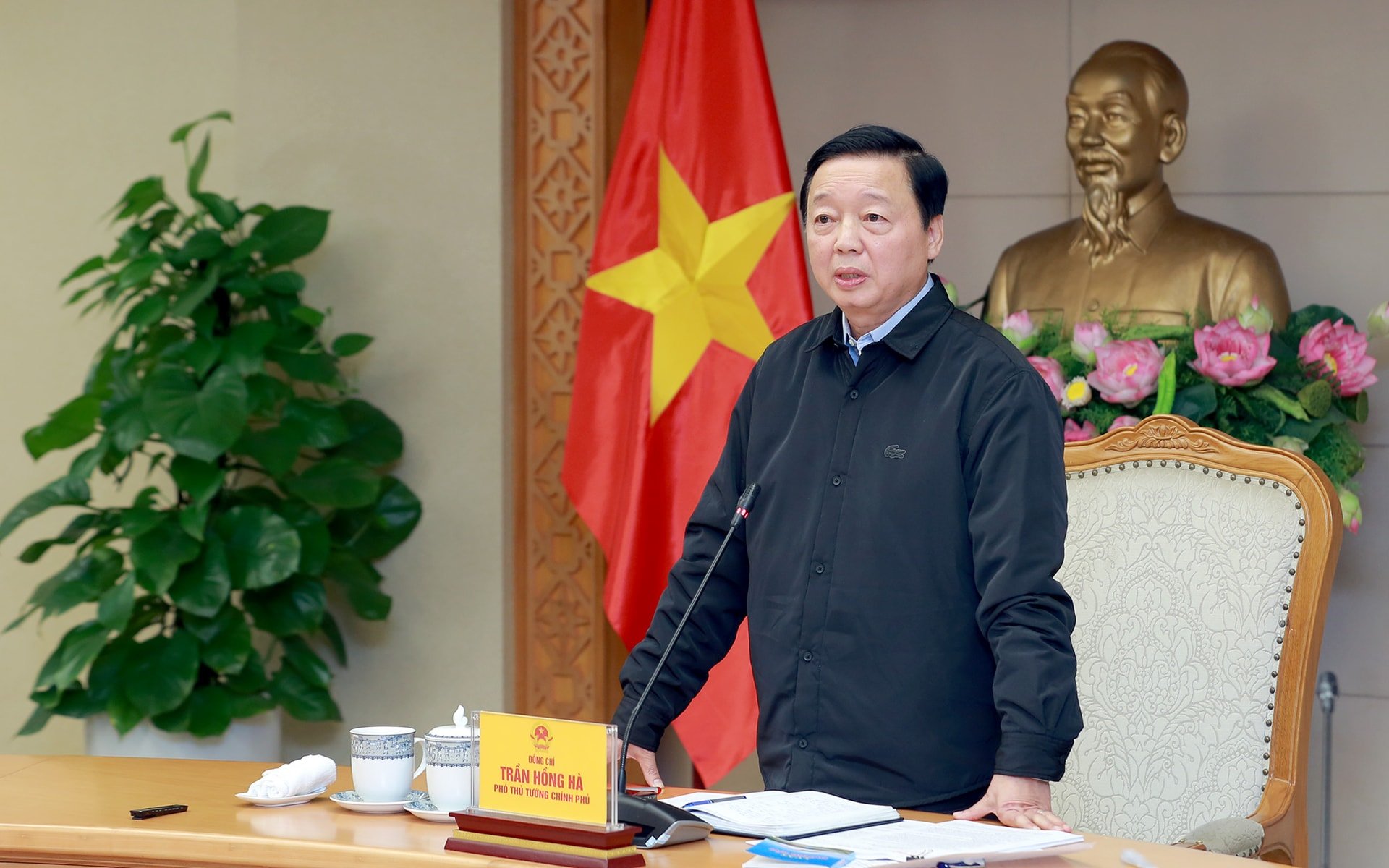
The Deputy Prime Minister emphasized that the Draft Law must identify core contents, be general, have a vision, and have a 50-100 year orientation; resolutely abandon the mindset of "if you can't manage, ban it; if you don't know, manage it"; and not include overly specific, technical contents in the law.
From there, fundamentally change the way of thinking about railway management in a comprehensive, synchronous, advanced way and meet the development requirements of the railway industry in the present and the future. The process of building and perfecting the Draft Law needs to approach and refer to experiences in investment methods, technology, and management from countries that have developed railways for hundreds of years to countries that have formed high-speed railway networks in just a few decades.
The scope, content and purpose of the Draft Law need to be comprehensive and meet the long-term development requirements of the railway system, as well as the policies, mechanisms and strategies on railways that are being developed and implemented.
Clearly define the scope, avoid overlapping with related laws
According to the report at the meeting, the draft Law on Railways (amended) consists of 8 chapters and 74 articles; 2 chapters and 11 articles less than the 2017 Law on Railways.
Regarding some major adjustments and supplements, Deputy Minister of Transport Nguyen Danh Huy said that the Draft Law supplements regulations on investment in the construction of regional and intra-provincial railways to mobilize local resources for the development of railway infrastructure and regulate the management, maintenance and exploitation of these types of railways; exploit land funds in the vicinity of railway stations to develop urban areas, commercial services... to open up new space for economic development and create resources from land fund exploitation, optimizing travel needs.
The Draft Law stipulates investment in the construction of technical infrastructure works connecting to railway works and sharing them with railways to effectively exploit railway infrastructure; requires binding on railway connections to the centers of major cities, seaports, airports and railway connections to public passenger transport modes in urban centers to collect and release passengers.
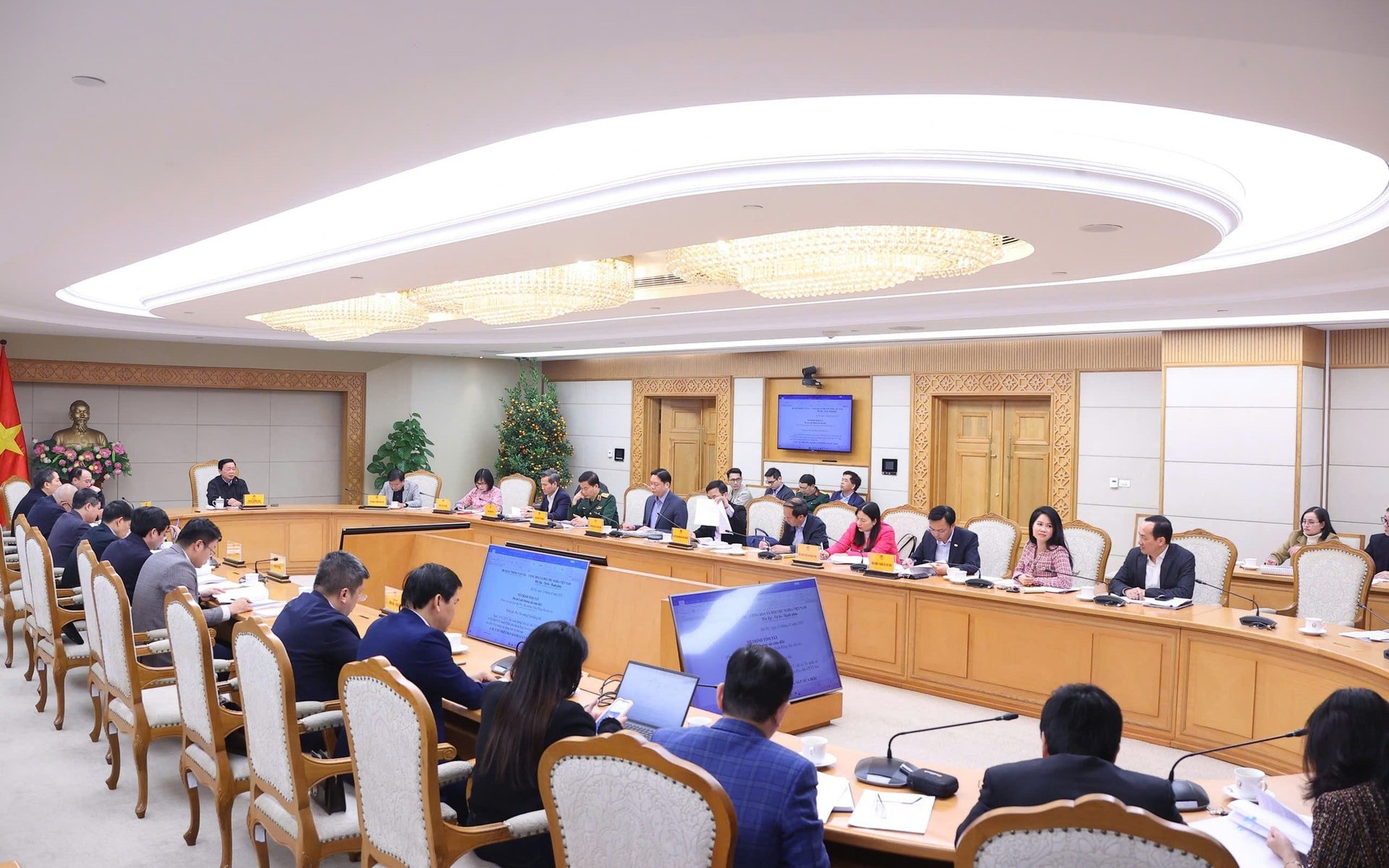
The Draft Law also stipulates: Mechanism for implementing investment in construction, management and exploitation of railway routes to accelerate project implementation progress and improve the efficiency of exploiting railway infrastructure assets; ordering and assigning tasks to domestic organizations and enterprises to perform a number of strategic tasks, as a premise for developing the railway industry; binding on technology transfer, training of human resources for Vietnamese partners to master the management, operation, exploitation, maintenance and specific incentives and support for organizations and individuals performing scientific and technological tasks serving the development of the railway industry.
Meanwhile, some regulations that have been stipulated in other laws related to railway activities need to be removed from the Law to ensure consistency and uniformity in the legal system, such as regulations on: Transport of live animals, passenger and luggage transport contracts and transport contracts; management and use of revenue from fees, rental prices or limited-term transfers of railway infrastructure assets invested by the State.
In the draft Law, some regulations are still of a specialized technical nature that are not under the authority of the National Assembly, so they need to be adjusted in the direction of assigning the Government and the Minister of Transport to regulate such as: Technical requirements for railway stations, titles of railway staff directly serving train operations, railway traffic rules, railway transport operations, train schedules... to ensure flexibility in the process of applying legal documents.
In addition, the provisions in some articles and clauses in the chapter on urban railways and high-speed railways are overlapping in content, unclear in meaning and need to be studied, revised and supplemented accordingly.
Opinions say that the Draft Law needs to clearly define the scope of regulation, and at the same time review and avoid overlapping with related laws (bidding, public asset management, land, budget, science and technology, etc.) when dealing with difficulties and problems in the railway sector; only stipulate principles, and will be detailed in sub-law documents such as decrees and circulars; focus on railway transport activities and railway safety; ensure consistency between railway planning and national, regional and local planning, etc.
Deputy Minister of Justice Dang Hoang Oanh assessed that the Draft Law has promoted and clearly defined decentralization and delegation of power from the Prime Minister to the Minister, from the Central Government to localities, which will remove many obstacles in the development of national railway infrastructure, specialized railways, and local railways.
Ensuring the synchronization and overall integrity of the railway system
Concluding the meeting, Deputy Prime Minister Tran Hong Ha stated that the revised Railway Law must inherit and learn from the experiences of countries with developed railway industries, institutionalize mechanisms and policies to help the construction, operation and management of the country's railway system serve the best, most effectively and most safely for socio-economic development, and ensure national security and defense.
According to the Deputy Prime Minister, the revised Railway Law must clearly define the scope, content, and objectives throughout the construction process from the strategy and planning stages to construction, operation, infrastructure management, vehicles, maintenance, etc., and distinguish between common problems related to investment attraction, specific policies and mechanisms related to capital, land, etc. that have been stipulated and adjusted in specialized laws and legal documents.
"The law needs to clarify which areas are managed uniformly at the national level and which issues are decentralized to localities. It must ensure the consistency and comprehensiveness of the national railway system connecting with international and local connections as well as with other modes of transport," the Deputy Prime Minister raised the issue and said that along with planning tools, it is necessary to clarify the roles and responsibilities of the Government, ministries, branches, localities and enterprises.
The law needs to stipulate principles for the development of railway infrastructure systems (safety corridors, stops, accompanying auxiliary systems, etc.), then specify and detail them in sub-law documents.
The Deputy Prime Minister noted that the management of national railways, urban railways, and specialized railways must be unified.
Emphasizing the importance of railway safety, the Deputy Prime Minister suggested clearly defining responsibilities in planning, developing infrastructure, signal information systems, responsibilities of participating entities... and continuing to be specified by technical standards and regulations; at the same time, having forces, mechanisms and policies to protect railway works.
The Deputy Prime Minister also commented on regulations for enterprises in management, operation, exploitation, business, maintenance, etc., which must take into account the characteristics of the railway sector; distinguish between technology and connection methods between high-speed railways and urban railways and specialized railways; and orientation for railway industry development (technology, human resource training)...
Source: https://baotainguyenmoitruong.vn/thay-doi-co-ban-tu-duy-quan-ly-nganh-duong-sat-386534.html


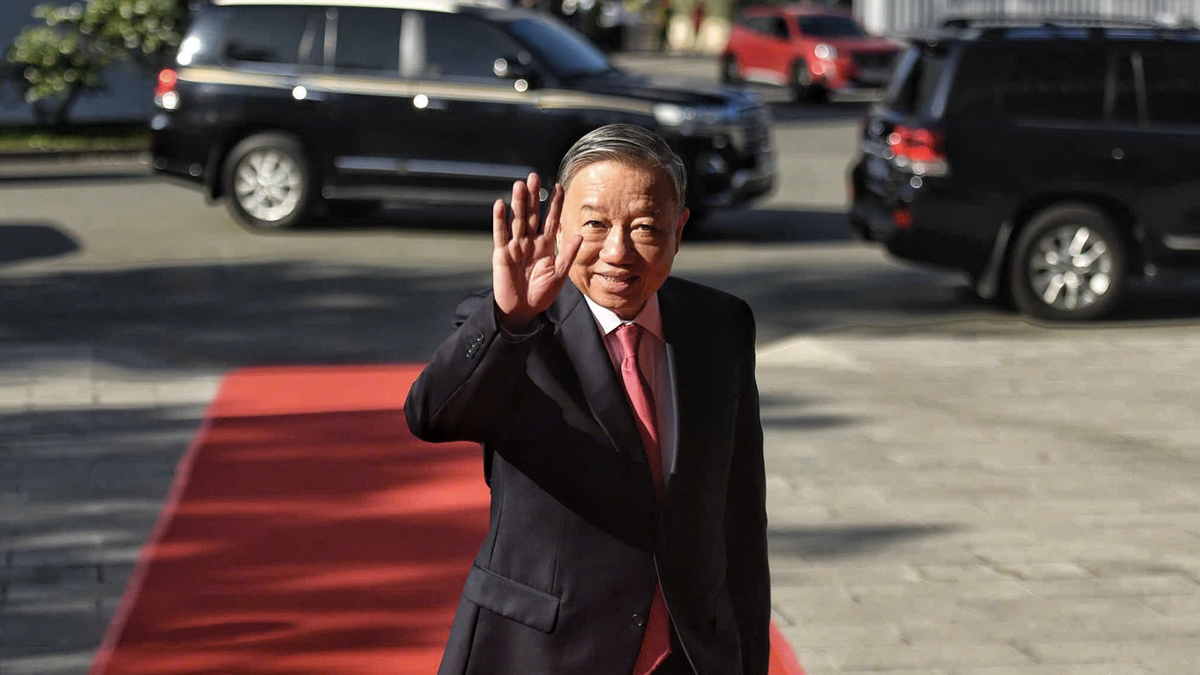

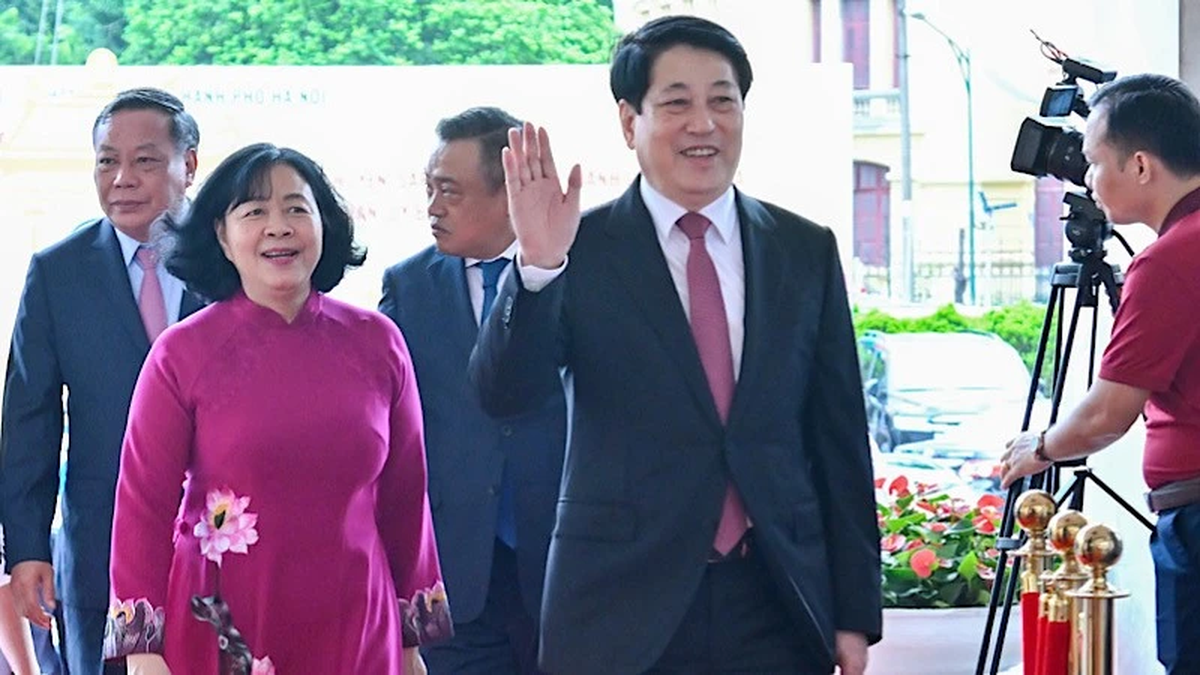


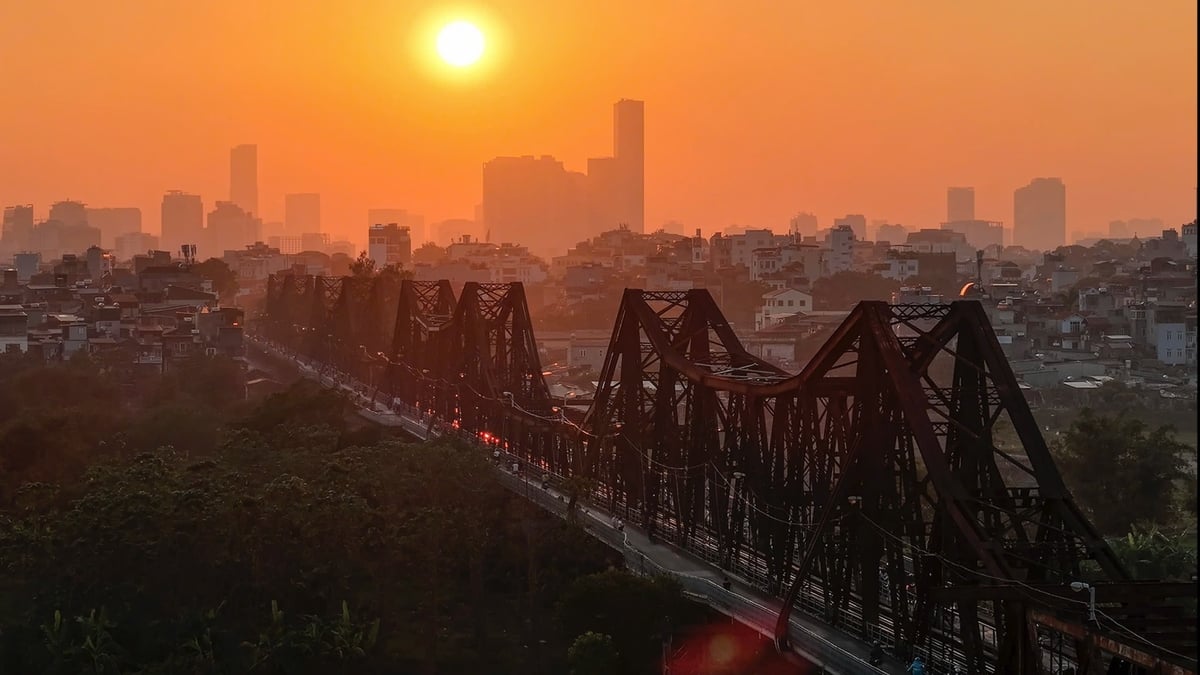


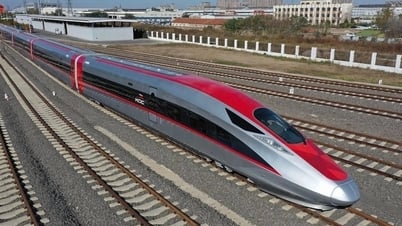
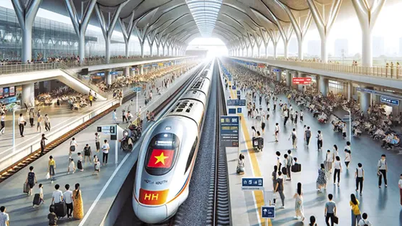



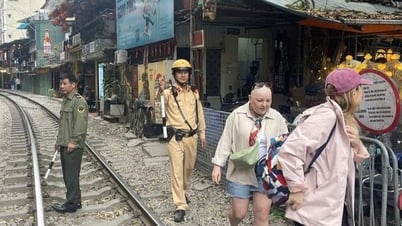

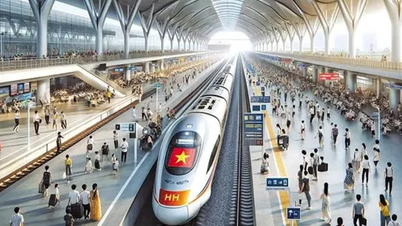




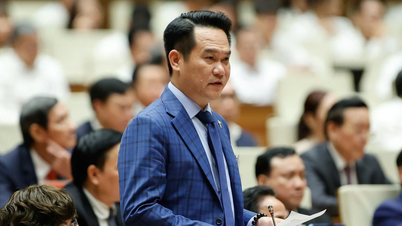









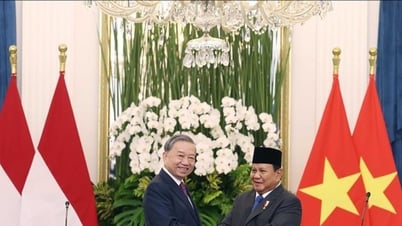
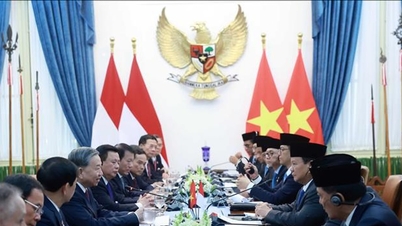
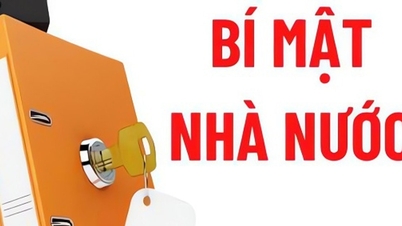
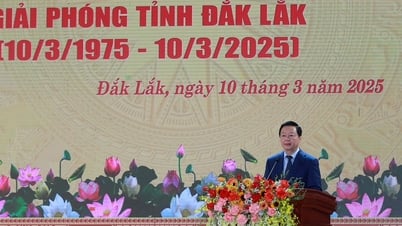
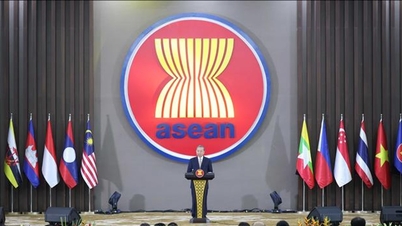

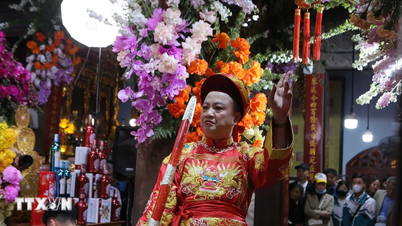

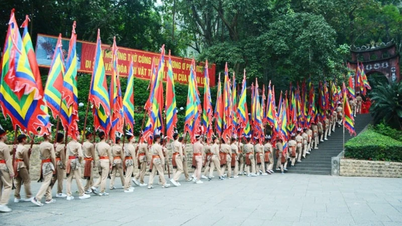

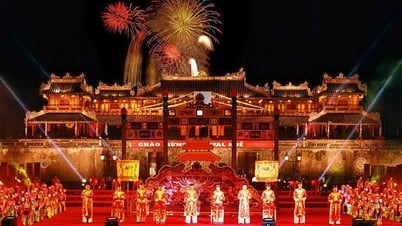


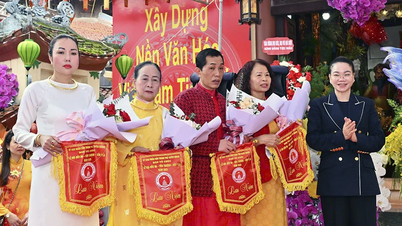



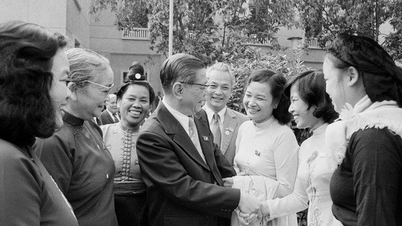






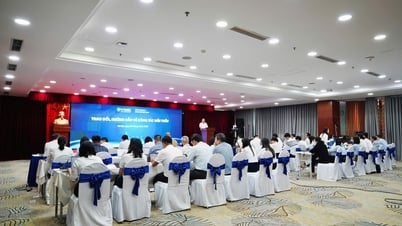




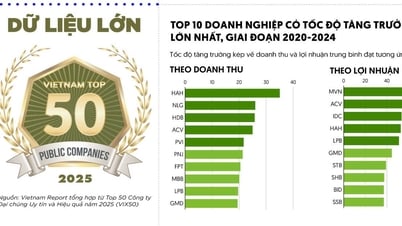



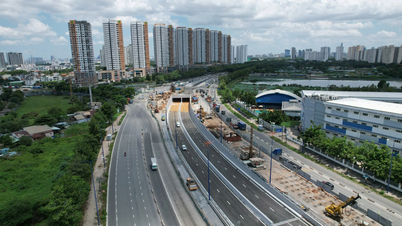
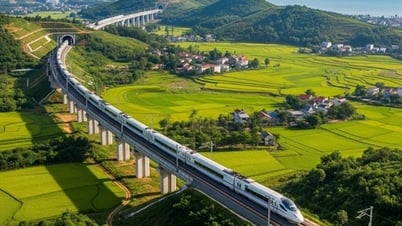





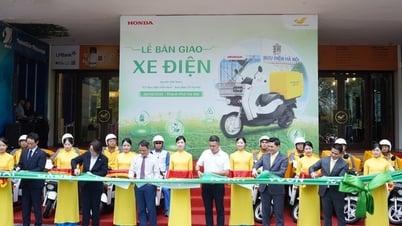


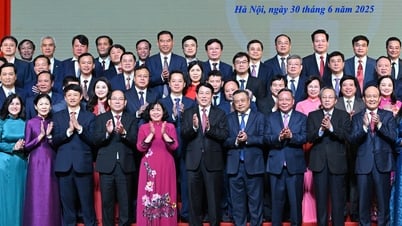


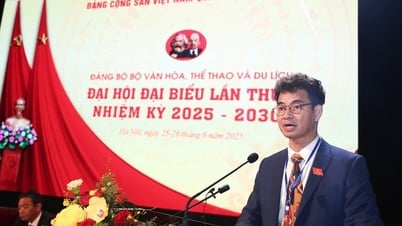



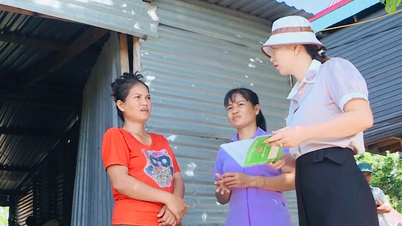





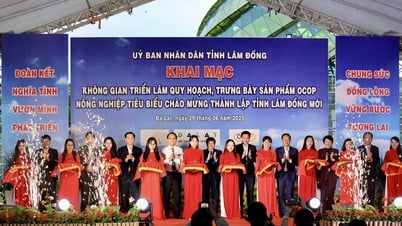



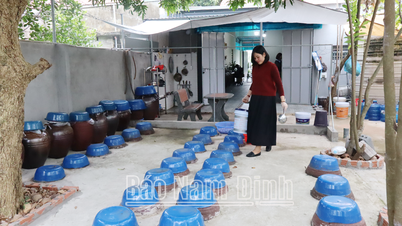










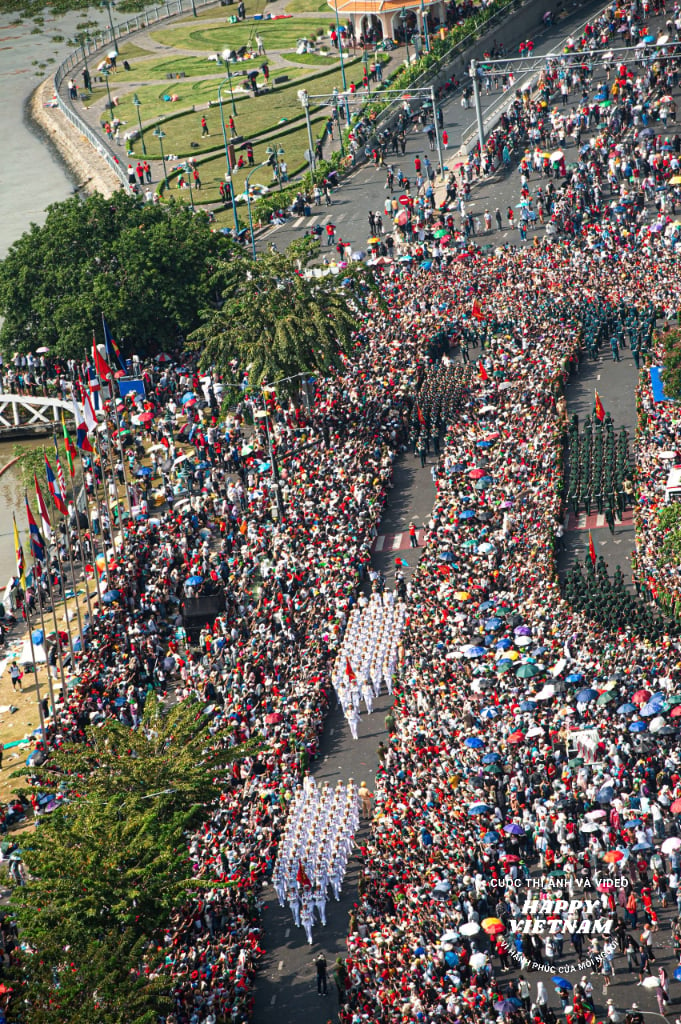
Comment (0)